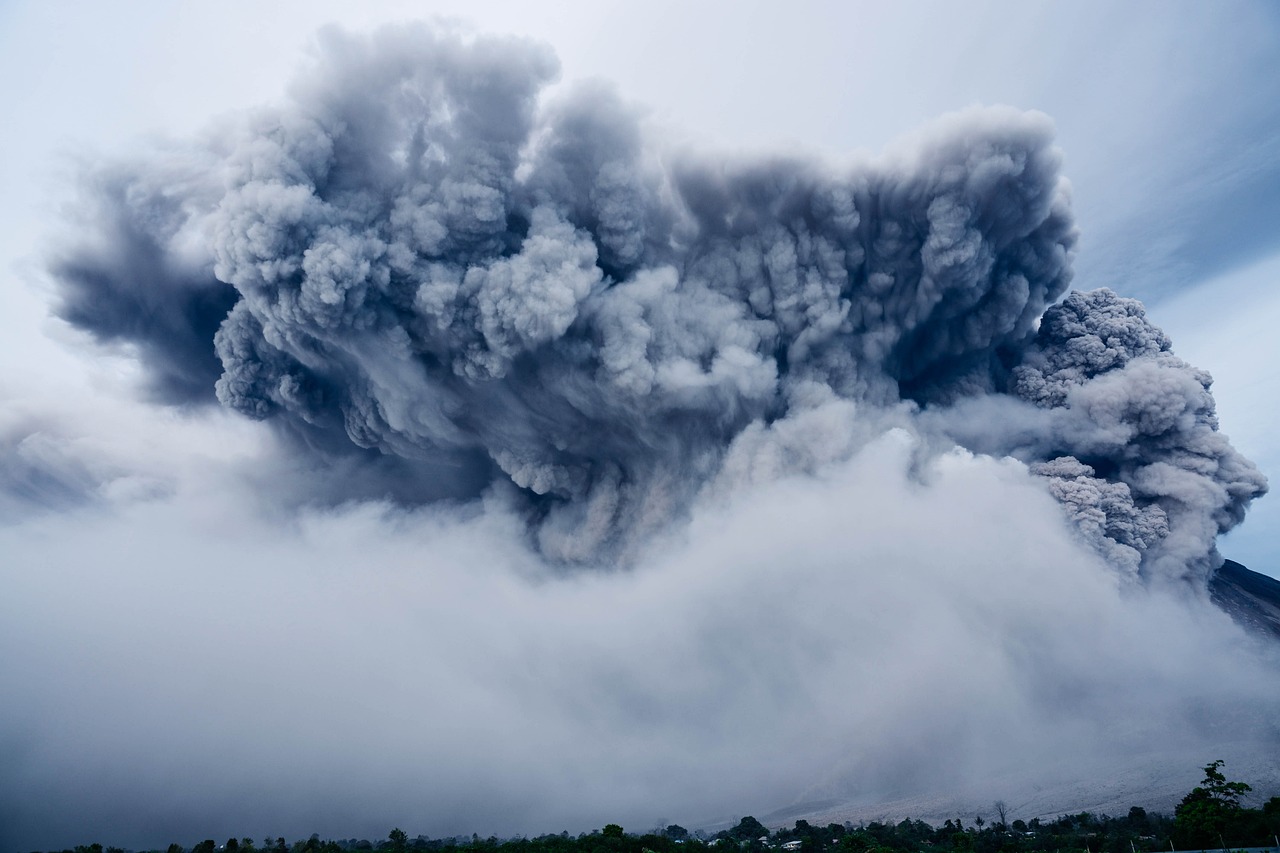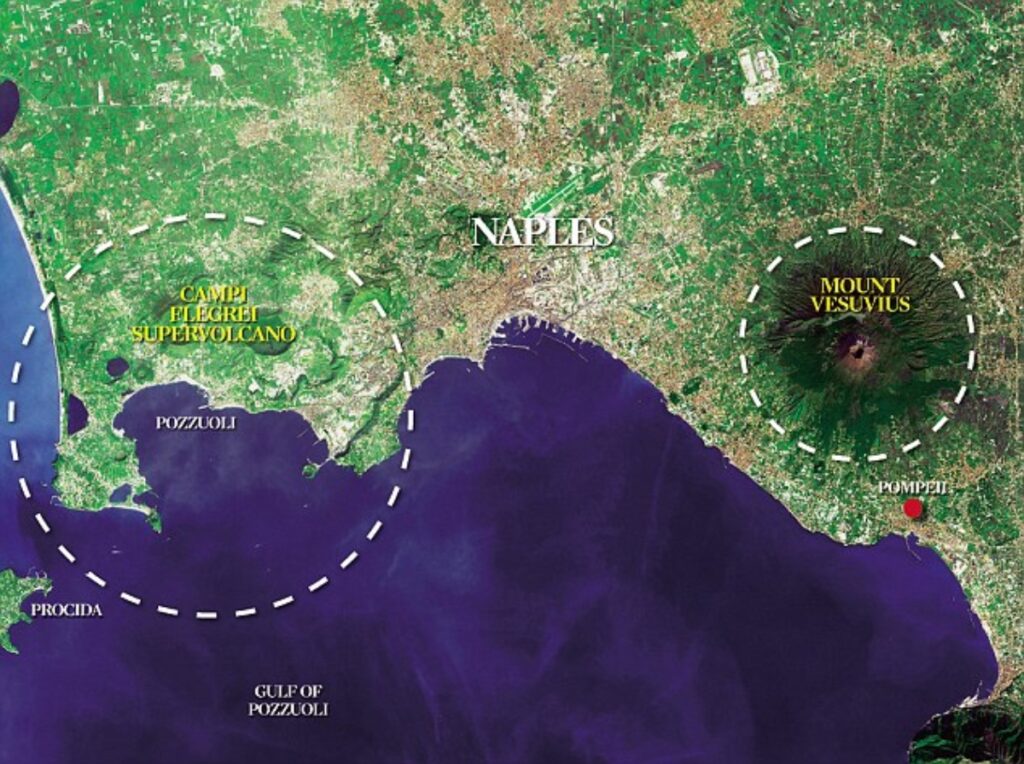
One Supervolcano in Italy He has been inactive since then 1538 may be located in about to explode, A new study warns — and the consequences could be dire. its bark Phlegria Volcano Fields Campi Flegrei nearby Naples In southern Italy, it became increasingly weak and more prone to rupture, “Make the explosion more likely.”The new study scientists said.
more than 1.5 million people They live in the area of the volcano and half a million people have their homes inside the caldera, which was formed after a huge volcanic eruption that happened before. 39,000 years old.
“Our new study confirms that Campi Flegrei is getting ever closer to the eruption,” said study leader Christopher Kilburn, professor of earth sciences at University College London. But he warned, “This does not mean that there will be an eruption. Rifting can open a crack in the crust, but magma must be pushed into the right place for an eruption to occur.”

The volcano is big 13 km diameter caldera. Most of it is under water 24 holes and volcanic edifices. Although Campi Flegrei is commonly referred to as a supervolcano, this has not been proven with certainty. Supervolcanoes can produce eruptions with the highest magnitude – an 8 on the Volcanic Explosivity Index – emitting more than 1000 cubic kilometers of material during the procedure. The largest eruption of Campi Flegrei ever, however, has even been ejected 285 cubic kilometers of materialand is classified as a Class 7 still destroy. One of the hazardous chemical elements that can be released in the blast plume is fluorinewhich in sufficient quantities can kill plants and cause a disease called fluorosis in animals.
To find out how likely a volcanic eruption is, the researchers combined seismic measurements with measurements of ground elevation to map estimates of the area’s variable crustal tensile strength (the maximum stress a material can withstand before it fractures) and its proximity to bulge.
The researchers’ model indicates that the crust below the Campi flegrei cracks, but does not flex under pressure. Deep below Earth’s surface, turbulence of subterranean gases and magma slowly bends and The crust weakens in Campi Flegrei since the 1950s, which reduced its strength by a third in 1984, according to the study.
This means that although earthquakes in the area are not as strong as they were in the 1980s, weaker rocks have the potential to rupture under lower pressures, giving seismologists fewer detectable earthquakes and less concern for people to evacuate. It is worth noting that they were recorded only in April 600 earthquakes In the area of \u200b\u200bthe “supervolcano” – the most recorded in a month.
However, scientists say this does not mean that a giant eruption is now inevitable. In order for volcanoes to erupt, gases must build up faster than they can escape, and magma must also be able to move rapidly through the crust where the fissure formed—two conditions that scientists cannot be certain of until the eruption occurs.
The same can be said about the size of the likely eruption of Campi Flegrei, which is difficult to predict, but is more likely to be small than large, according to scientists.
“The same applies to all volcanoes that remain dormant for several generations. Campi Flegrei may enter a new routine of gentle rise and fall, as seen in similar volcanoes around the world, or simply return to dormancy,” said Stefano Carlino, a researcher at the Vesuvius Observatory. “We still can’t say for sure what will happen. He stressed that the important thing is to prepare for all possibilities.
The researchers published their findings in the journal Earth and Environment Communications.
source: live science

“Hipster-friendly coffee fanatic. Subtly charming bacon advocate. Friend of animals everywhere.”





More Stories
Rafah: The Israeli army enters the city – a night of terror in the Gaza Strip
Rafa: A new attack by Israel is imminent
USA: A rare solar storm is heading towards Earth